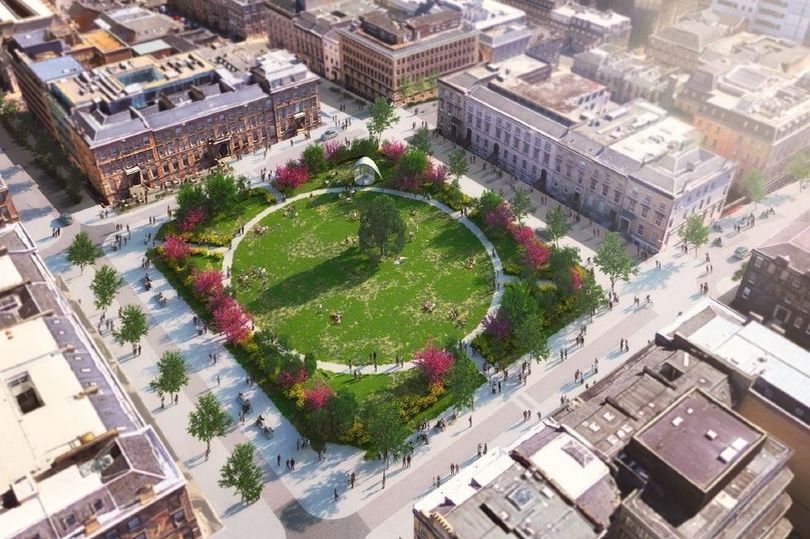Glasgow approves regeneration frameworks for Blythswood and Central districts
Frameworks to guide the regeneration of the Blythswood and Central districts of Glasgow city centre over the next decade have been approved.

Blythswood Square
District Regeneration Frameworks (DRFs) have now been agreed for five of the city centre’s nine districts following the previous approval of DRFs for Sauchiehall & Garnethill, Broomielaw and St Enoch.
The DRFs outline the short, medium and long-term actions that will bring economic, environmental and social improvements to the city centre.
Aims of the Blythswood DRF include reducing the negative impact of the motorway and addressing a lack of “quality” greenspace.
Suggestions include re-opening Blythswood Square to the public and upgrading Charing Cross and Anderston train stations.
And the Central DRF outlines plans to take cars away from the city centre, redesign George Square and revamp Hielanman’s Umbrella.
It also suggests a ‘green’ pedestrian loop linking George Square and Blythswood Square with a planned riverside park.
Proposals for the Central district
Public consultation in late 2019 and early 2020 showed strong support for the themes and projects - such as the Avenues and George Square programmes - that will build on the unique assets and characteristics of both districts, bringing increased mobility and connectivity and improved public spaces.
Shared themes in both DRFs include actions that will mitigate the effects of climate change through surface water management and green infrastructure; improve air quality, enable the re-use of buildings; promote active travel and public transport; preserve built heritage and improve population density.
Councillor Susan Aitken, leader of Glasgow City Council, said: “These regeneration frameworks for the Blythswood and Central districts will guide their future development as we look to meet the challenges and opportunities that such areas now face. The actions we take now and over the next decade will help to create vibrant, healthy and sustainable neighbourhoods across the city centre.”
These DRFs have now become Supplementary Planning Guidance, providing criteria against which development proposals will be assessed.








